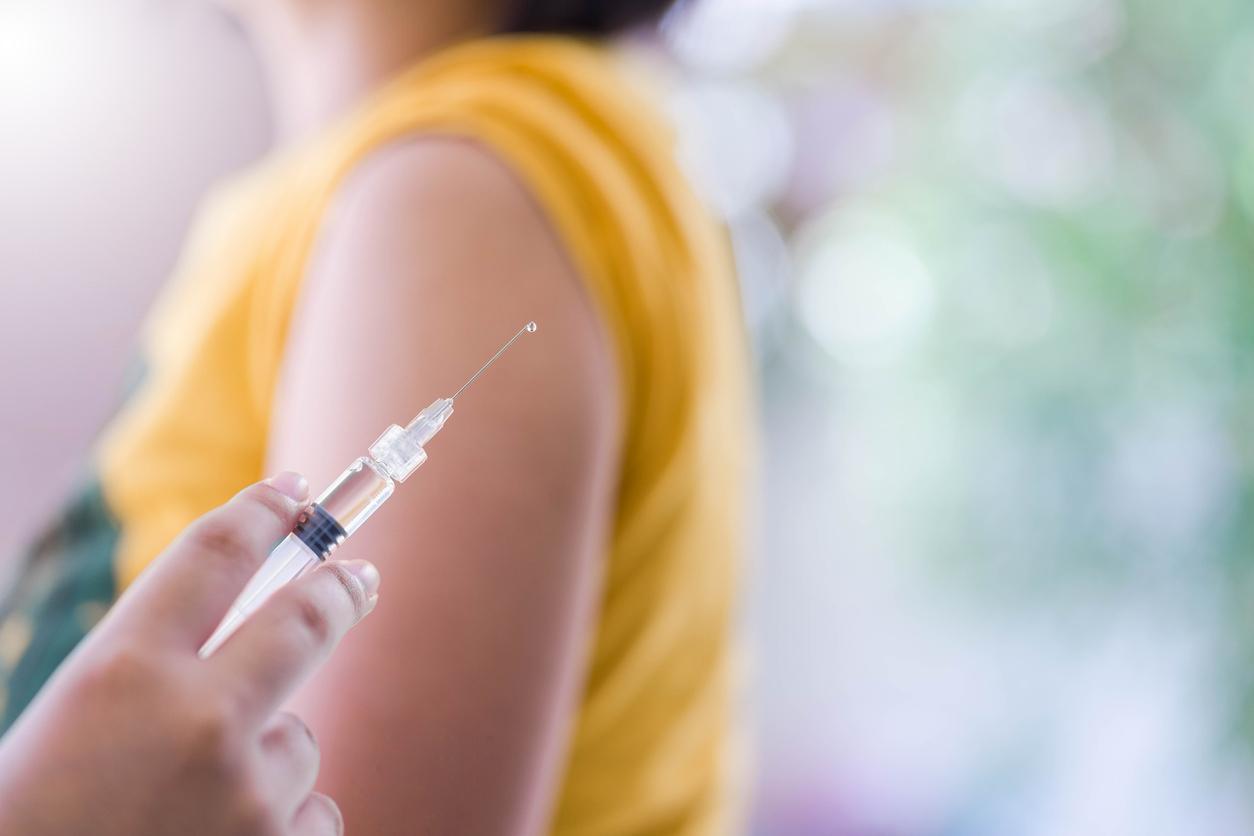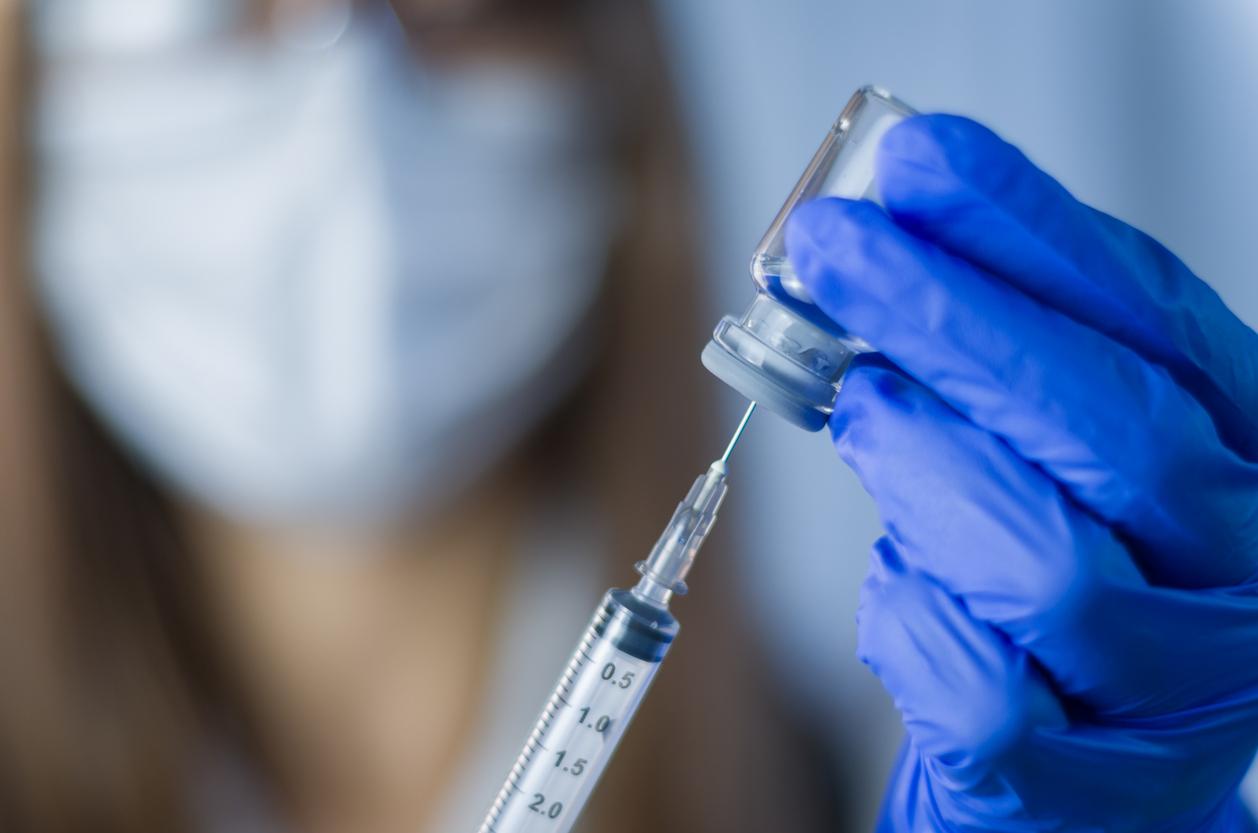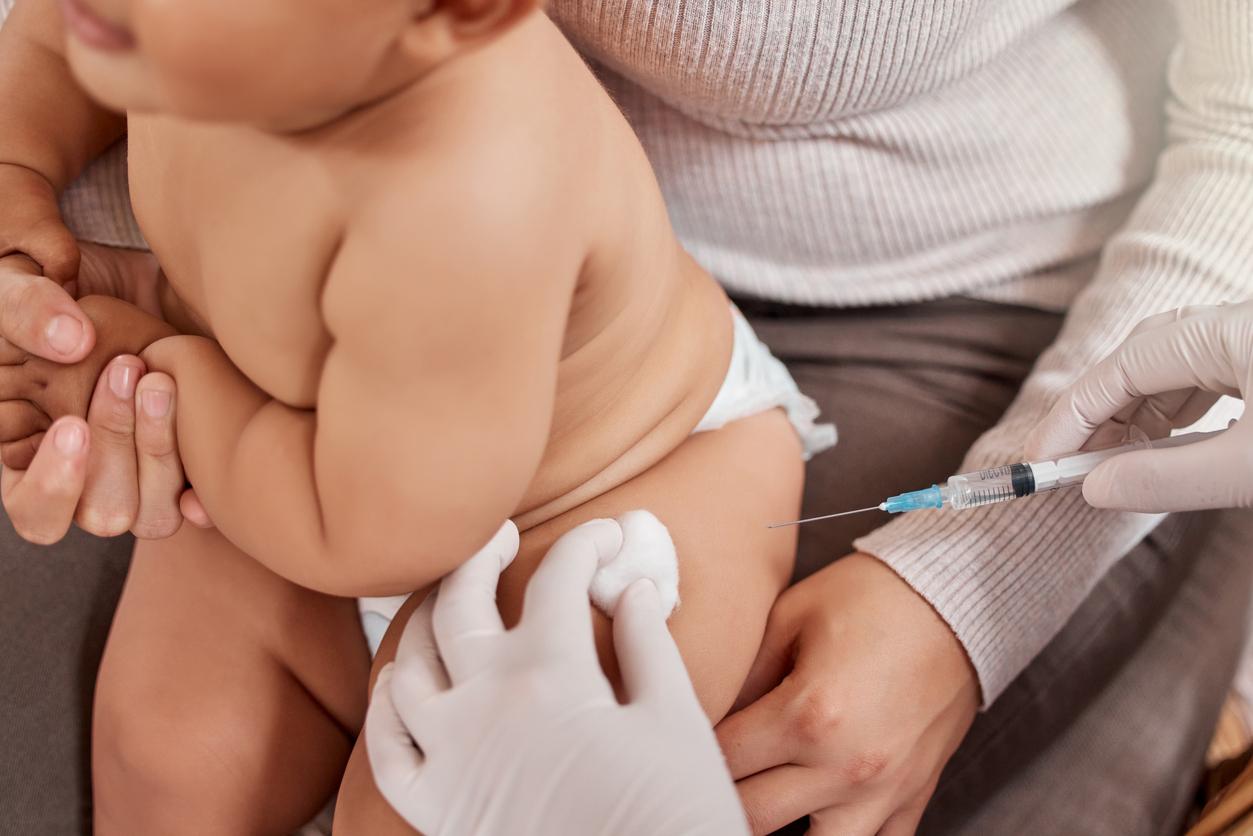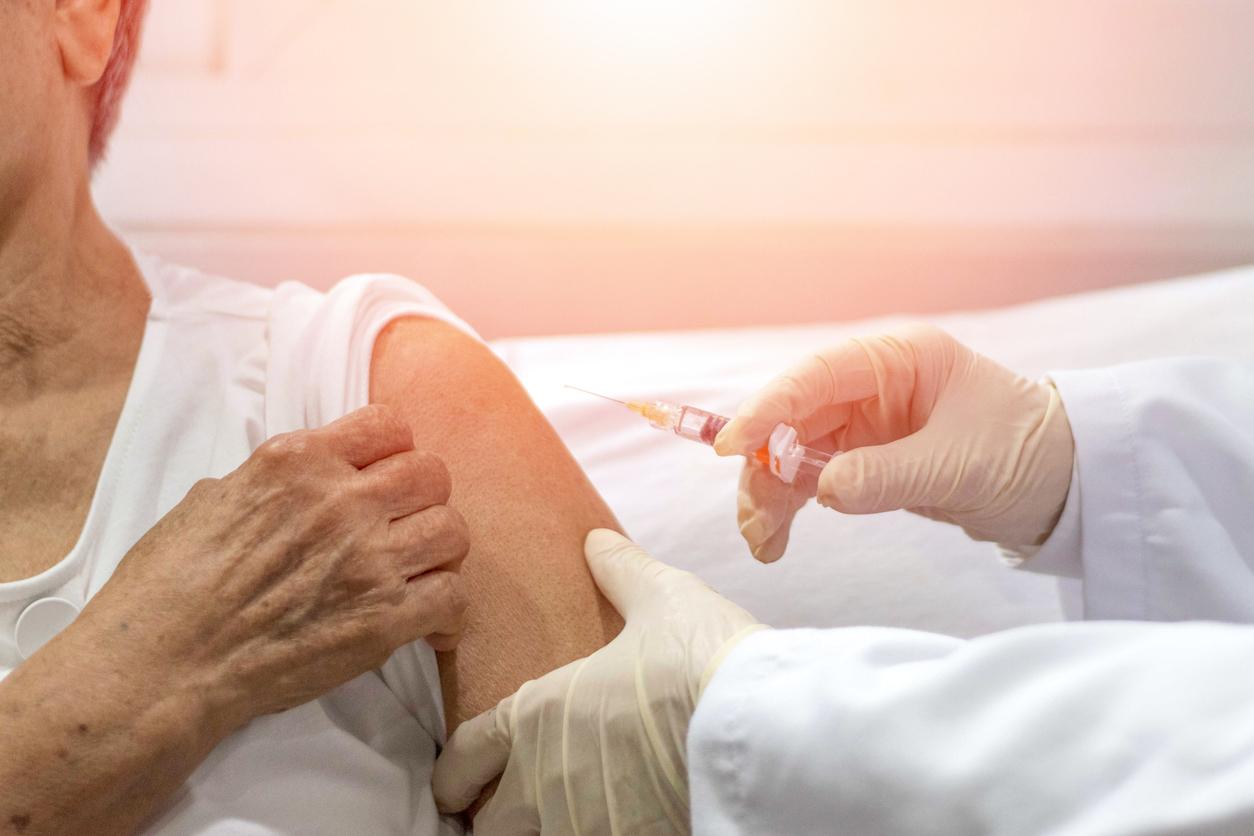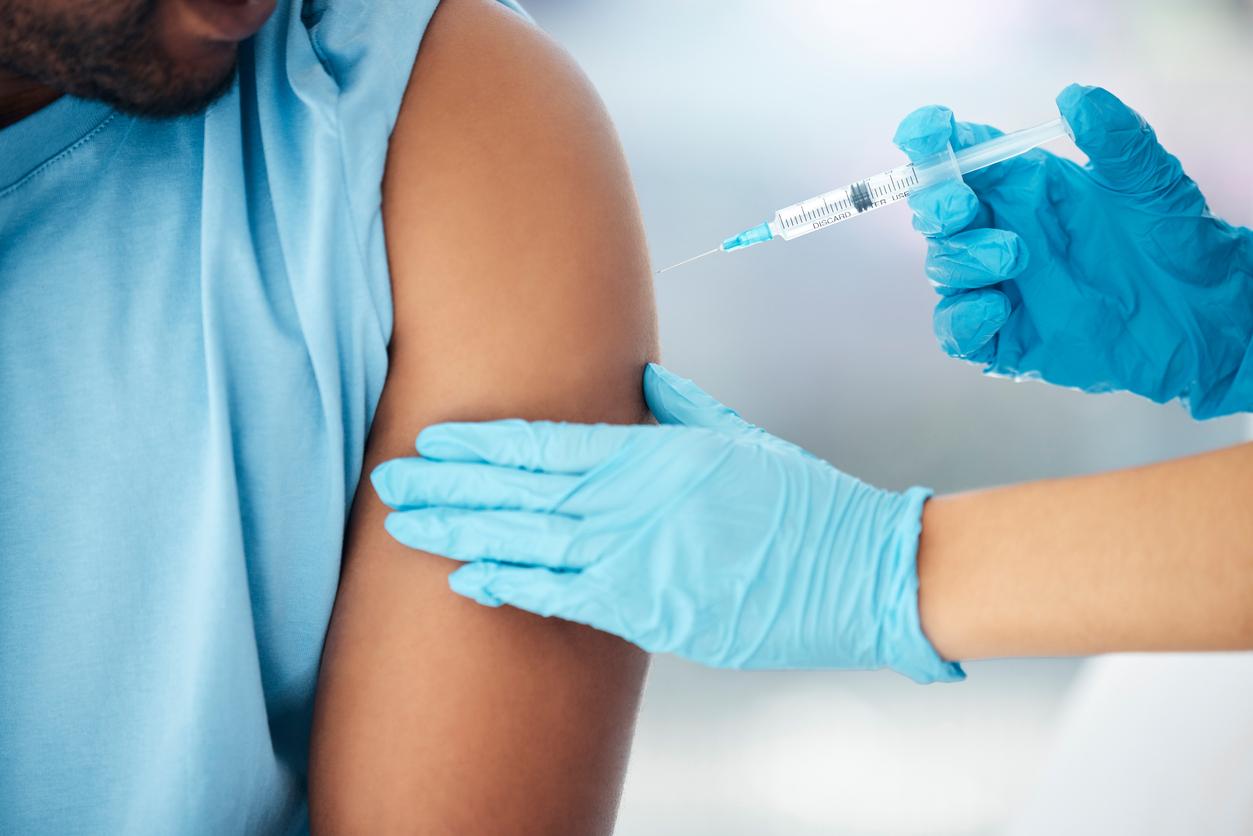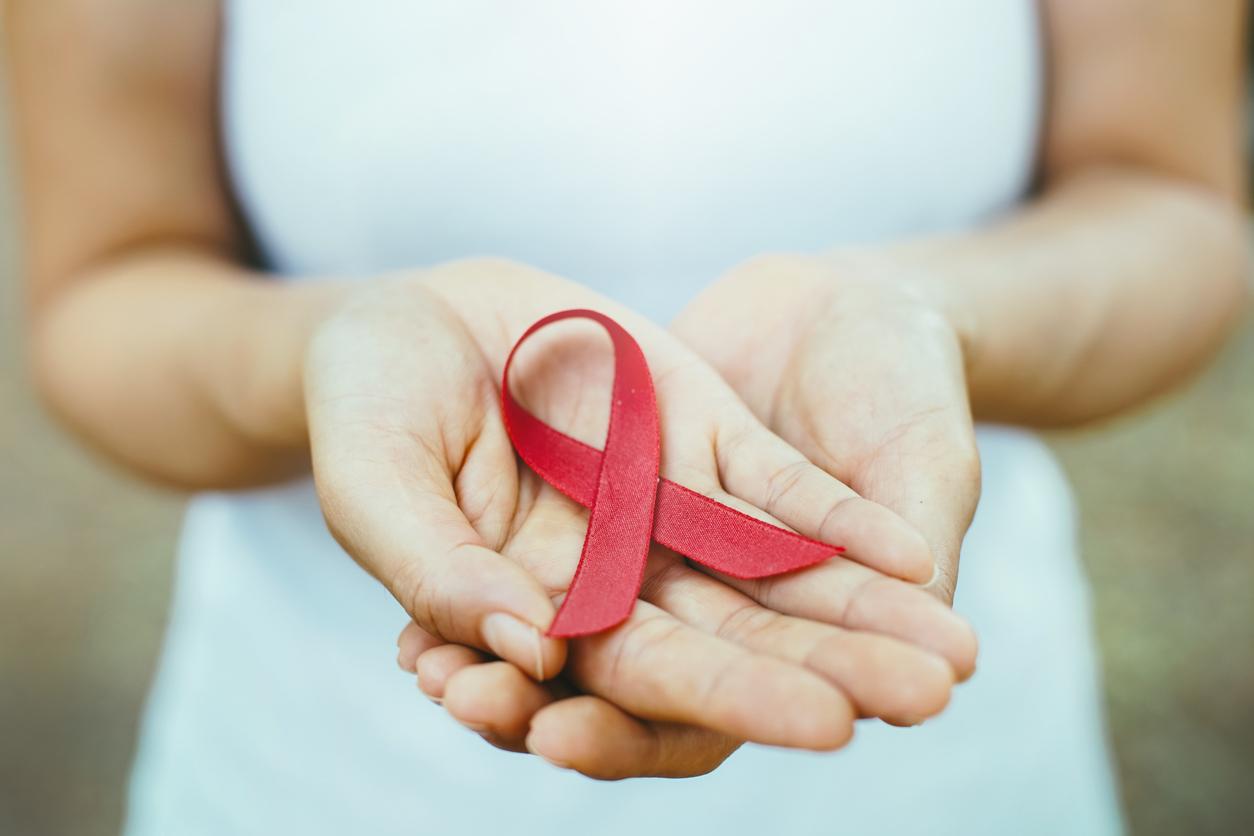The messenger RNA vaccine against AIDS is in the testing phase and has just been administered to macaques: the first results are promising, reveal the researchers of the American National Institute of Allergies and Infectious Diseases who are carrying out this research in partnership with the Moderna laboratory. This technology would respond to 40 years of fruitless vaccine research.
The risk of contracting HIV is said to have been reduced by 79% in seven macaques who received the messenger RNA vaccine against HIV / AIDS. It had previously been attributed to mice. Some side effects have been observed, such as loss of appetite, but only temporarily.
Delay transmission of the virus
For a year, the macaques were given multiple doses, until antibodies were detectable by week 58, the study notes. From the 60th week, they were administered the virus adapted to their species (because they cannot be infected by the human version) through the rectal mucosa, they explain. Thirteen weeks later, researchers found that only two macaques had not contracted it at all. The other 5 had it but took significantly longer to develop the disease than those who had been infected without vaccine: 8 weeks, compared to 3 weeks usually.
There are still improvements to be made, in particular because the multiple injections are complicated to set up for a vaccine in humans. On the other hand, antibody levels were not very high, observe the researchers. But this first version still gives hope because it “has a significant impact on viral transmission”.
This vaccine will probably not be available for about ten years, according to Moderna. HIV is a very different virus from Sars-CoV-2. And for good reason: it has the particularity of integrating its genetic material into the chromosome of the cells it infects. As a result, it is more difficult to target since it is transmitted from cell to cell and can remain dormant in the infected cell and reactivate at any time.
Also read:
- HIV: Why are treatments less effective in children?
- HIV: fewer tests and new diagnoses in 2020









